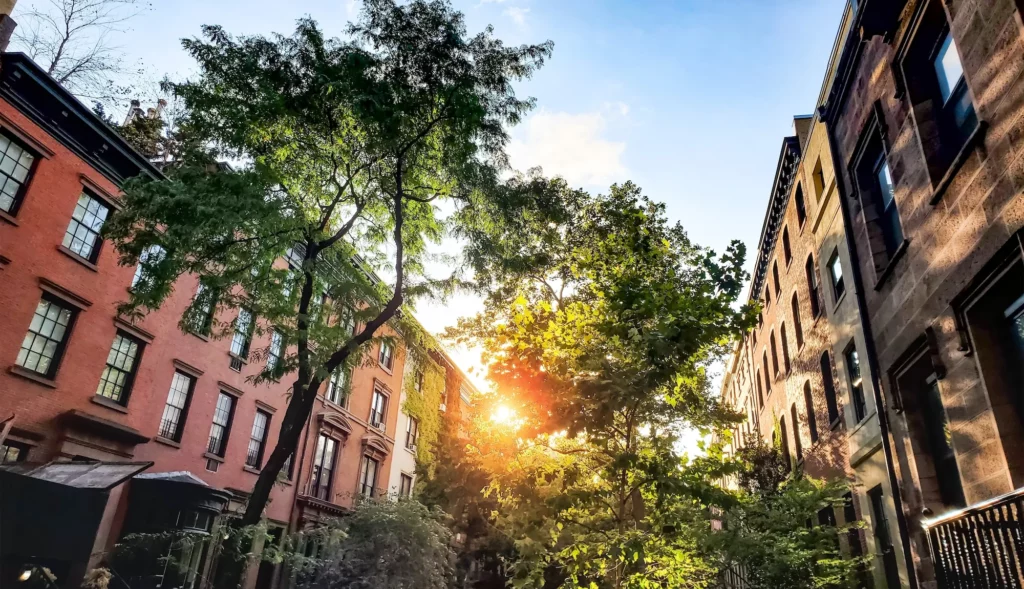New research suggests that living in a tree-filled neighborhood could provide heart health benefits similar to those gained from regular exercise. A study published in the Journal of the American Heart Association reveals that individuals residing in areas with high tree density had lower rates of cardiovascular disease and related risk factors, such as hypertension and high cholesterol. The study’s findings point to the importance of urban green spaces as a valuable tool for public health promotion.
Researchers conducted the study by analyzing data from over 400,000 adults living in urban areas across the United States. They assessed the density of trees in participants’ neighborhoods using satellite imagery and compared it with health outcomes. The analysis found that individuals living in greener neighborhoods had significantly lower incidences of heart disease and other cardiovascular conditions, even after accounting for variables such as age, income, and access to healthcare.
Dr. William Sullivan, a co-author of the study and a professor of landscape architecture, stated, “Our findings highlight the potential for tree planting in urban environments to play a critical role in promoting cardiovascular health. The presence of trees not only contributes to better air quality but also encourages physical activity, reduces stress, and fosters social interactions, all of which are vital for heart health.”
The study supports previous research showing that exposure to nature can improve mental health, reduce stress levels, and encourage physical activity, all of which are known to benefit cardiovascular health. Moreover, the presence of trees and green spaces has been associated with improved air quality, lower temperatures, and reduced noise pollution, which may also contribute to overall well-being.
Public health officials and urban planners are increasingly recognizing the importance of green spaces in promoting community health. The findings of this study underscore the value of integrating more trees into urban planning, not only for environmental benefits but also for the significant positive impact on human health. As cities continue to grow and urbanize, maintaining and expanding tree cover may be a cost-effective strategy to improve public health outcomes and enhance the quality of life for residents.
